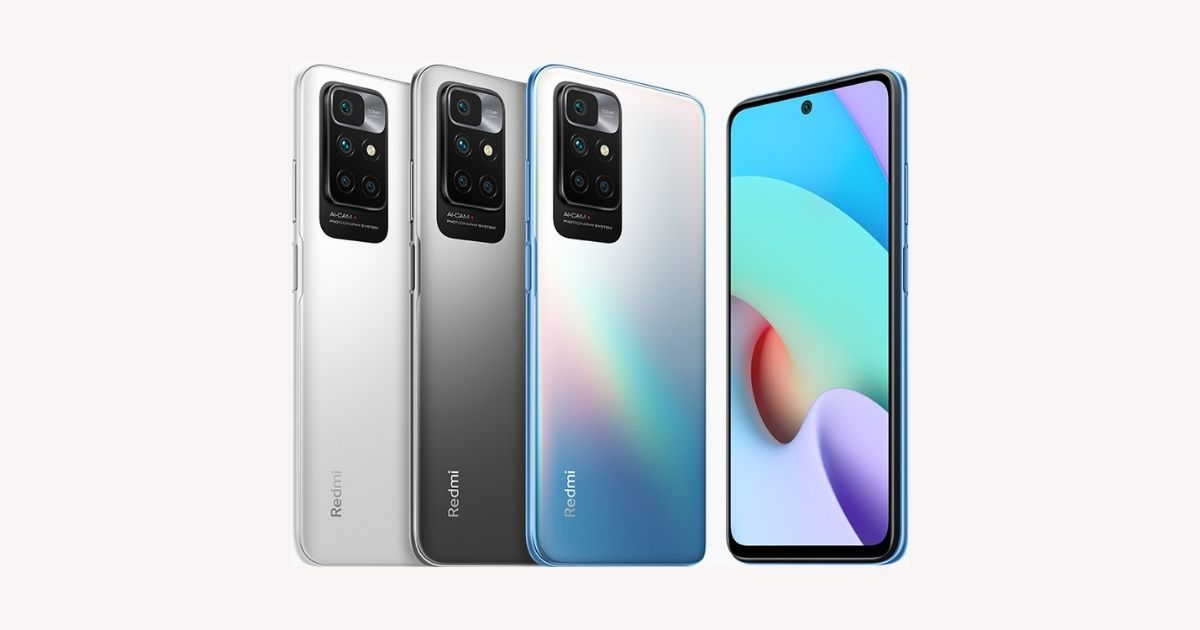
The Redmi 10 Prime is here, and the smartphone brings what Xiaomi says is a competent overall package in the sub-Rs 15,000 price range in India. On paper, there are plenty of devices that offer stiff challenge to the Redmi 10 Prime at this price range, and two of its biggest challengers are the Redmi Note 10 and the Note 10s, both from Xiaomi’s stable. On this note, we take a look at the mid-budget range of smartphones in India, and see which of the three Redmi phones from its 10th generation series comes out as the better buy.
Redmi 10 Prime vs Redmi Note 10 vs Redmi Note 10S: Price in India
Starting with the pricing, the Redmi 10 Prime costs Rs 12,499 for the 4GB + 64GB variant, and Rs 14,999 for the 6GB + 128GB variant. In comparison, the Redmi Note 10 is priced at Rs 13,999 for the 4GB + 64GB variant, and Rs 15,499 for the 6GB + 128GB variant. The Redmi Note 10S, meanwhile, is priced at Rs 14,999 for the 6GB + 64GB variant, and Rs 16,499 for the 6GB + 128GB variant.
Redmi 10 Prime vs Redmi Note 10 vs Redmi Note 10S: Design
The Redmi Note 10 and Note 10s feature a very similar design language, featuring the same chassis and camera module design. They weigh the same, and measure the same in terms of thickness as well. The overall design looks fairly premium and undoubtedly modern, which users will find pleasing. The Redmi Note 10 is available in Aqua Green, Frost White and Shadow Black colour variants, while the Note 10S is available in Cosmic Purple, Deep Sea Blue, Frost White and Shadow Black colour variants.
In comparison, the Redmi 10 Prime has a larger rear camera module, but otherwise looks fairly similar. However, its build quality is not as premium as what the Redmi Note 10 feels like. The 10 Prime measures 9.6mm in thickness and 192g in weight, making it bulkier in the hand than the other two. It is sold in Phantom Black, Bifrost Blue and Astral White colour variants.
Redmi 10 Prime vs Redmi Note 10 vs Redmi Note 10S: Display
The Redmi 10 Prime features a 6.5-inch, full HD+ LCD display, which has the USP of offering 90Hz refresh rate despite it being a budget smartphone. In comparison, the Redmi Note 10 and Note 10s offer superior AMOLED panels over the LCD one on the 10 Prime, which measure 6.43-inch in size (for both). While the size difference is minimal, the Note 10 and 10s importantly offer only 60Hz refresh rates — the bigger point of difference here. Apart from this, all the three phones offer punch-hole front camera slots.
Redmi 10 Prime vs Redmi Note 10 vs Redmi Note 10S: Performance
The Redmi 10 Prime’s MediaTek Helio G88 is the first representation of this SoC on a smartphone, and benchmark data suggests that it registers lower performance scores than the Qualcomm Snapdragon 678 SoC on the Redmi Note 10, and the Helio G95 on the Note 10s. The 10 Prime combines this with two variants, offering 4GB RAM and 64GB storage, and 6GB RAM and 128GB storage. The Note 10 has the same variants, while the Note 10s features 6GB + 64GB and 6GB + 128GB variants.
Redmi 10 Prime vs Redmi Note 10 vs Redmi Note 10S: Cameras
The Redmi 10 Prime features a quad rear camera setup, bearing 50MP primary, 8MP ultra-wide, 2MP depth and 2MP macro camera units. It can shoot at up to 1080p videos. In comparison, the Note 10 and 10s also feature quad camera setups, with the Note 10 featuring a 48MP main camera and the 10s featuring a 64MP main camera. Other camera modules remain the same, but importantly, the Note series phones can shoot 4K videos at 30fps, and 1080p videos at up to 60fps. In terms of the front camera, the 10 Prime offers an 8MP selfie shooter, while the Note series devices offer 13MP front cameras.
Redmi 10 Prime vs Redmi Note 10 vs Redmi Note 10S: Battery
The Redmi 10 Prime features a 6,000mAh battery, which can support up to 18W fast charging. In comparison, both the Note 10 and 10s feature smaller, 5,000mAh batteries, but both also support faster 33W fast charging standards. The reason for this is the SoCs used by the respective phones – the Helio G88 does not support higher charging speeds than 18W.
Redmi 10 Prime vs Redmi Note 10 vs Redmi Note 10S: Which One to Buy?
Everything considered, the Redmi 10 Prime’s biggest USP is its 90Hz display, which the Redmi Note series devices fail to provide. The latter are also better performing phones, and in terms of performance, camera and battery, the Redmi Note 10s appears to be the best smartphone of the lot. It is also the most expensive, which makes the Redmi Note 10 an optimal balance between the three. All things considered, the Redmi Note 10 is the best overall smartphone here, unless you really want the 90Hz high refresh rate feature on your phone.

















